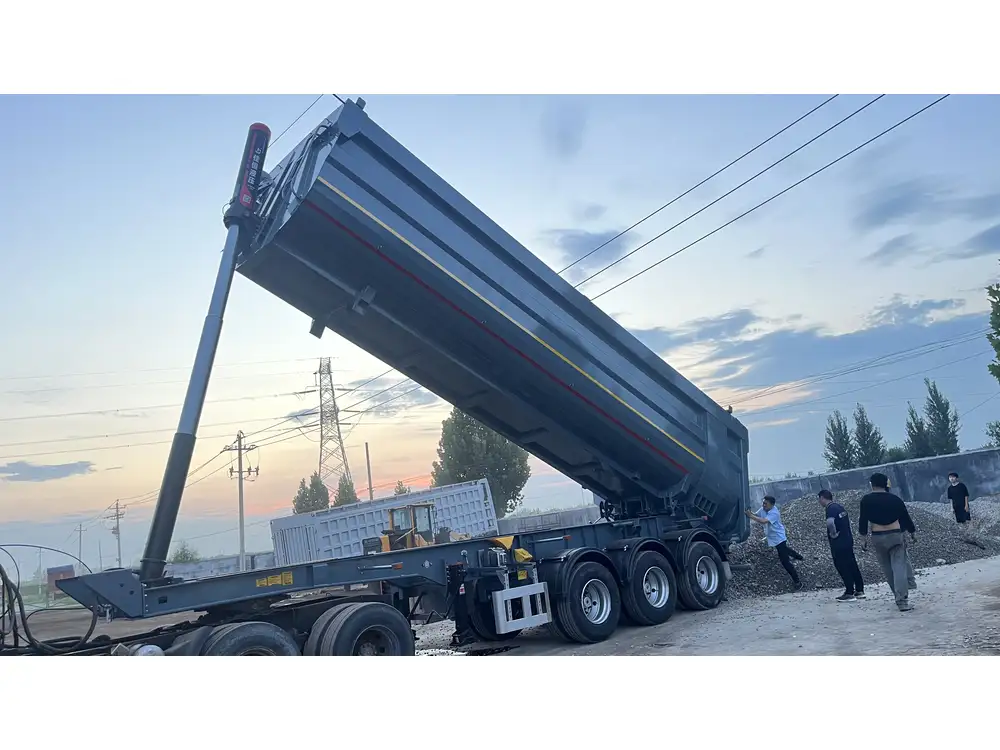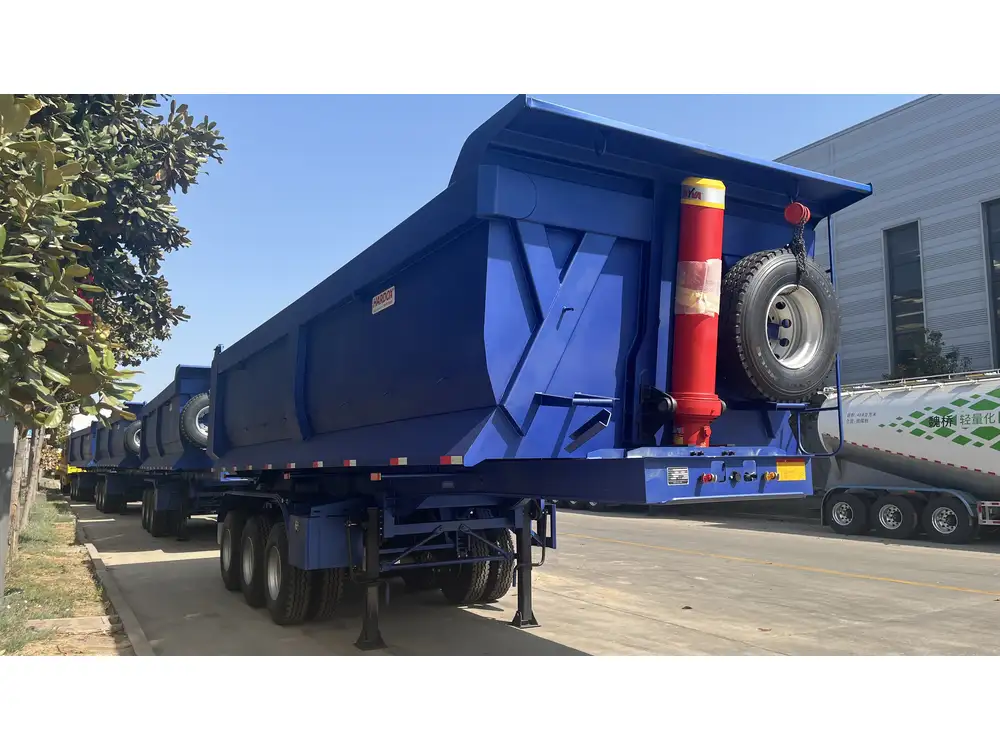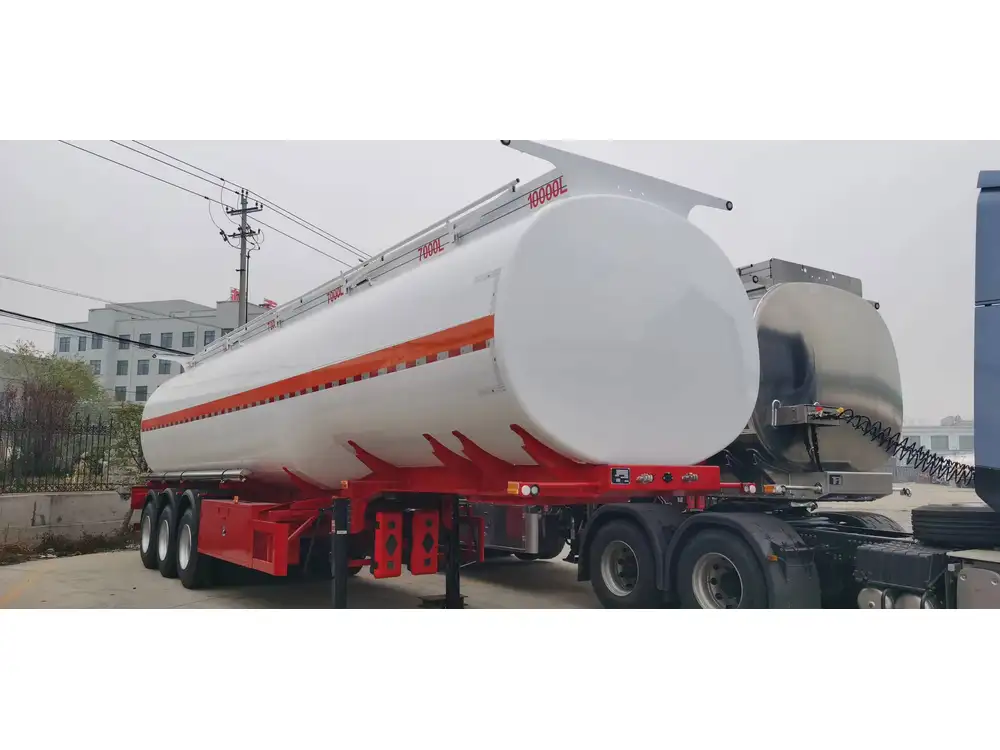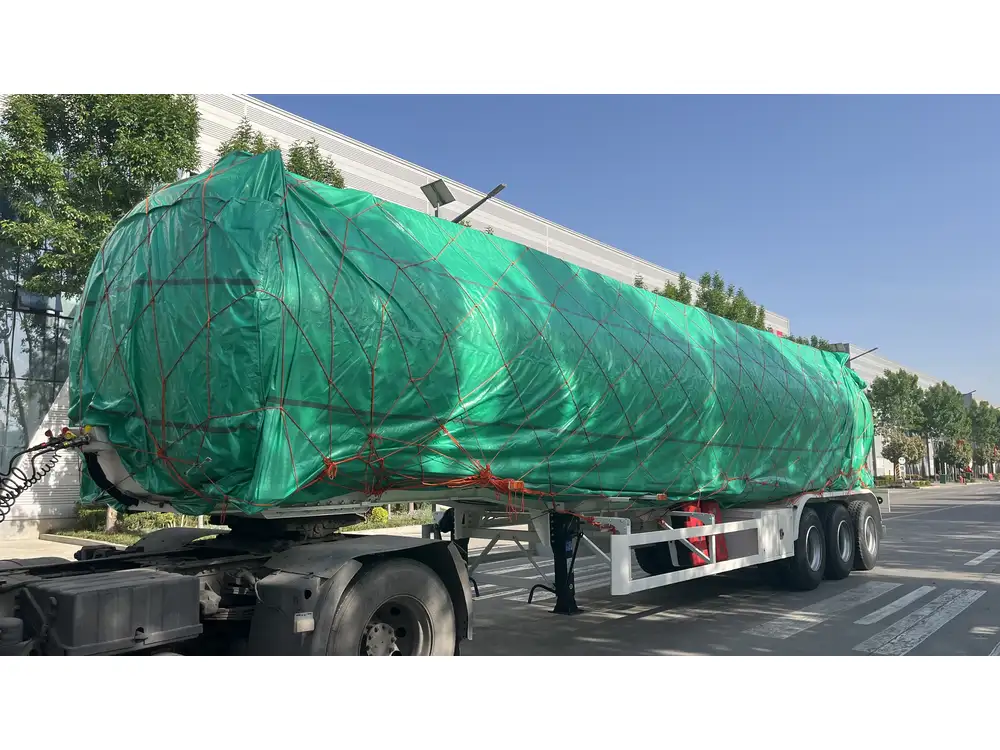What is a Timber Skeletal Trailer?
A timber skeletal trailer is a specialized vehicle designed for transporting timber, logs, and other lumber products efficiently and securely. Unlike standard trailers, which are more generalized in their construction, skeletal trailers feature a distinct skeletal frame, allowing for maximum flexibility in load size and type. These versatile trailers can accommodate a variety of payloads while maintaining structural integrity and safety during transport.
Key Features of Timber Skeletal Trailers
- Lightweight Construction: The use of high-strength steel and innovative engineering makes skeletal trailers lightweight, enhancing fuel efficiency and load-carrying capacity.
- Modular Design: The skeletal frame allows for easy customization, accommodating different types of cargo and optimizing space.
- Enhanced Stability: With a lower center of gravity and specific loading configurations, these trailers provide excellent stability, minimizing the risks associated with transporting heavy timber loads.
- Durability: Designed to withstand harsh working environments, timber skeletal trailers resist corrosion and other wear-and-tear factors, ensuring longevity.

The Benefits of Using Timber Skeletal Trailers
1. Improved Payload Capacity
Timber skeletal trailers maximize payload potential while adhering to legal weight regulations. Their design permits the safe transport of heavier loads without exceeding weight limits, resulting in more efficient operations.
2. Versatility in Transportation
The modularity of timber skeletal trailers enables them to be repurposed for various timber sizes and types. Adjustability is essential for companies dealing with different species of timber or varying lengths, providing a solution tailored to specific needs.

3. Cost Effectiveness
These trailers optimize fuel consumption due to their lightweight structure. Additionally, their durability translates into longer service life and reduced maintenance costs, contributing to overall cost savings for transport companies.
4. Safety Enhancements
Built with specialized features like tie-down points and load distribution systems, timber skeletal trailers ensure that cargo remains securely in place during transit. This reduces the likelihood of accidents caused by shifting loads.
Choosing the Right Timber Skeletal Trailer
When selecting a timber skeletal trailer for your operations, consider several critical factors that influence performance and utility:

1. Load Capacity and Dimensions
Determine the maximum weight and dimensions of the timber you intend to transport. Ensure the trailer’s specifications match or exceed your requirements, taking into account the truck’s overall vehicle capacity.
2. Construction Material
Evaluate the materials used in the trailer’s construction. Opt for high-grade steel or aluminum alloys that promise durability against environmental factors, reducing maintenance needs over time.
3. axle Configuration
The axle configuration of a timber skeletal trailer determines its weight distribution and maneuverability. Common configurations include:
- Single axle: Suitable for light loads and excellent for urban driving.
- Tandem axle: Offers balance and is ideal for heavier payloads.

4. Custom Features
Consider if you need features like adjustable stakes, removable side rails, or hydraulic systems. Customizable options enhance the trailer’s flexibility to handle diverse timber types.
Maintenance Tips for Timber Skeletal Trailers
Regular maintenance ensures the longevity and performance of timber skeletal trailers. Implement the following practices:
1. Routine Inspections
Conduct regular inspections of the trailer’s frame, brakes, and axle systems. Look for signs of wear and corrosion to mitigate potential issues proactively.

2. Lubrication
Keep moving parts well-lubricated to minimize friction and extend component lifespan. This includes wheel bearings, brakes, and hydraulic systems.
3. Tire Care
Inspect tires for proper inflation and tread wear. Regular tire rotations enhance traction and efficiency during transport.
4. Cleanliness
Maintain a clean trailer by removing debris and timber residues which can accumulate and lead to corrosion over time.

Innovations in Timber Skeletal Trailer Design
As manufacturers continue to innovate, several advancements have made timber skeletal trailers even more functional:
1. Lightweight Materials
The introduction of composite materials and advanced alloys significantly reduces the overall weight of trailers without compromising structural integrity.
2. Enhanced Aerodynamics
Designers are focusing on improving the aerodynamics of trailers to reduce drag and enhance fuel efficiency. Streamlined designs can lead to significant fuel savings over the long haul.

3. Smart Technology
Integrating technology such as GPS tracking and telematics provides real-time data on trailer location, load status, and maintenance schedules, enhancing logistics and operational efficiency.
| Feature | Standard Skeletal Trailers | Innovative Models |
|---|---|---|
| Weight | Heavier | Lighter materials used |
| Fuel Efficiency | Moderate | Improved aerodynamics |
| Maintenance | Regular manual checks | Smart monitoring systems |
| Load Versatility | Fixed sizes | Adjustable and modular designs |
Comparing Timber Skeletal Trailers and Other Trailers
When considering different trailer options for transporting timber, it’s essential to recognize the comparative advantages and disadvantages. Here is a breakdown:
| Trailer Type | Pros | Cons |
|---|---|---|
| Timber Skeletal Trailers | High load capacity, lightweight, versatile | Potentially higher initial investment |
| Flatbed Trailers | Simplicity in loading/unloading | Less secure for tall or unstable loads |
| Enclosed Trailers | Protection from weather and theft | Heavier, may have reduced payload capacity |
| Sideboard Trailers | Good height for larger logs, quick loading access | More restricted in load shape compared to skeletal |
Frequently Asked Questions About Timber Skeletal Trailers

1. How does the design impact loading and unloading?
The skeletal design allows for easy access for cranes and forklifts, enabling quick loading and unloading processes. Also, their open structure permits flexibility in adjusting load positions.
2. Are timber skeletal trailers suitable for rough terrains?
Yes, many timber skeletal trailers are designed specifically for off-road capabilities, featuring robust suspension systems that provide stability on uneven surfaces.
3. What safety certifications should a timber skeletal trailer have?
Ensure that the trailer complies with local regulations and meets standards set by transportation authorities. Common certifications may include DOT compliance in the US and road safety regulations in the UK.

4. How can I prolong the lifespan of my timber skeletal trailer?
Regular maintenance checks, cleaning, and timely repairs will help prolong lifespan. Additionally, apply protective coatings to prevent rust and corrosion.
Conclusion
Investing in a timber skeletal trailer presents a competitive advantage in the timber transportation industry. With their lightweight yet durable construction, customizable designs, and enhanced safety features, these trailers provide an optimal solution for transporting timber across various terrains. By considering essential factors such as load requirements, construction materials, and maintenance practices, businesses can select the right trailer that aligns with their operational needs, thereby maximizing efficiency and profitability.
Efficient, safe, and versatile, timber skeletal trailers pave the way for streamlined operations. Take the leap toward innovative transportation solutions today!



